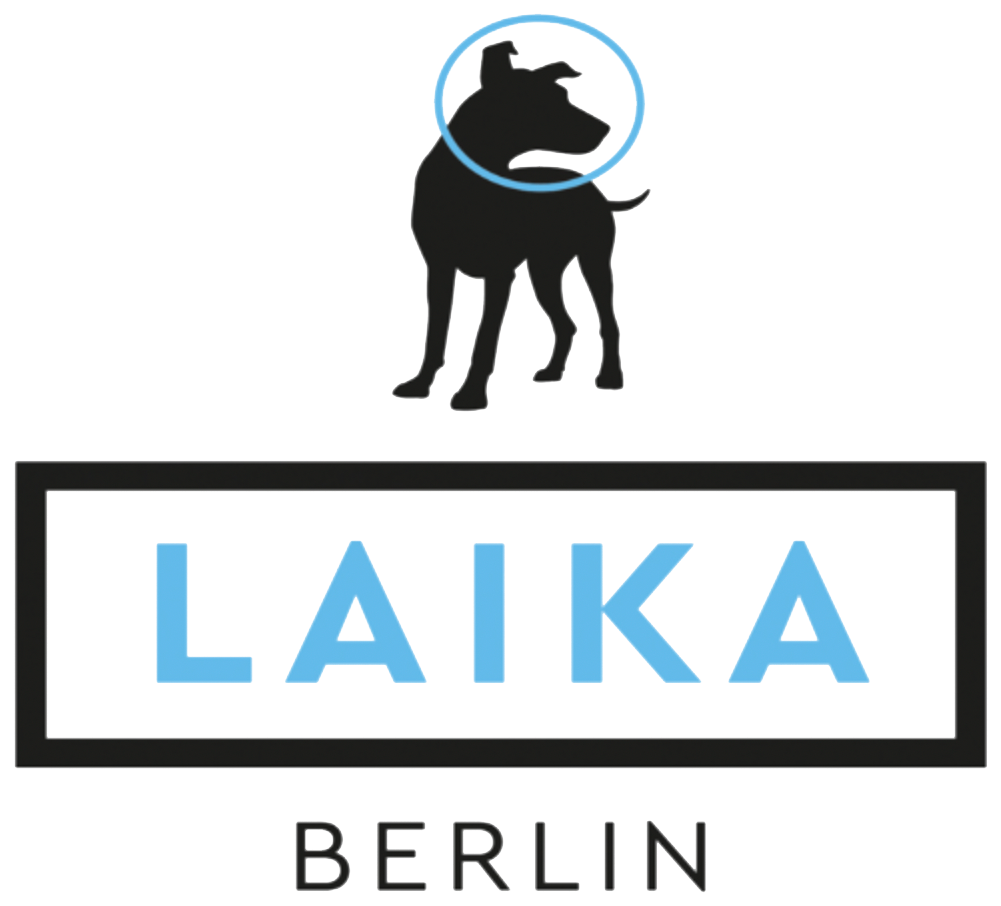THE REAR VIEW MIRROR: What makes a powerful news story? Understanding the concept of News Values
By David Josephs
All high-quality PR agencies will talk to you about news values, and sometimes we might be guilty of assuming everyone knows exactly what we mean. It’s worth spending a bit of time explaining the concept, because a good understanding of what constitutes news values is one of the prerequisites of a good Public Relations campaign.
A potential story needs to contain ‘news value’ if it is to be of interest to your target media. As this is not a totally objective process, this might mean that whilst you think a potential story will be of interest, your PR agency might beg to differ.
If you’re trying to work out whether a story has news value, it’s worth asking this question: ‘would it be of interest to the man on the Clapham Omnibus?’ Now, this is an old British saying believed to have its origins in the 1930s, and all it really means is this – would an ordinary person on the bus find this story of interest? If the answer is yes, your story has news value.
Now, this definition is all very well when we are considering business to consumer communications. But how about the business to business world, where stories might be a little more dry, and a little less of interest to ‘the woman on the Berlin uBahn’. I think then the definition needs to be adapted. ‘Would the story interest the traveller on the New York Metro who happens to know a little about our target industry’ is perhaps the better test in these situations.
Over the years some people have said to me that, surely, it’s my job as the PR man to make the story of interest to the media, and that’s a perfectly reasonable suggestion. I’m proud of many of the creative solutions we’ve developed to make a story which at first seems too dry to arouse media interest, but which ends up gaining really impactful media coverage. As your PR agency, it’s our job to review the media on a daily basis to see where we might be able to weave what you want to say into an emerging story.
Sometimes we may be able to spot a potential story in an issue that you might not at first think would be of interest to the media, and this brings me to another point. It’s important to make time for client – agency meetings, which aren’t just about tactics and situation reports. Make time for creative sessions. Once a month might be a little too frequent. Once every three months feels about right. Try and include colleagues who don’t normally interact with the agency into these sessions. They might bring information that your agency team can develop into content with strong news value.
Good PR teams have an innate feel for what might be of interest to the man on the Clapham Omnibus / lady on the Berlin uBahn. It’s a question I would always ask when evaluating a PR agency – can you give me an example of when you’ve managed to turn a reasonably dry subject into a great piece of media coverage in a client’s target media? Great agencies should be able to give you plenty of examples.
David Josephs
ABOUT ME: I’ve worked in the PR industry for 30 years, and have advised tech companies of all shapes and sizes ever since. My experience extends across Europe, the US and the Middle East. My posts for Laika aim to share some of those experiences to help you make the most of your investment in PR. I’m proud to serve on Laika’s Board of Advisors, and support the team through training sessions and one to one guidance.


